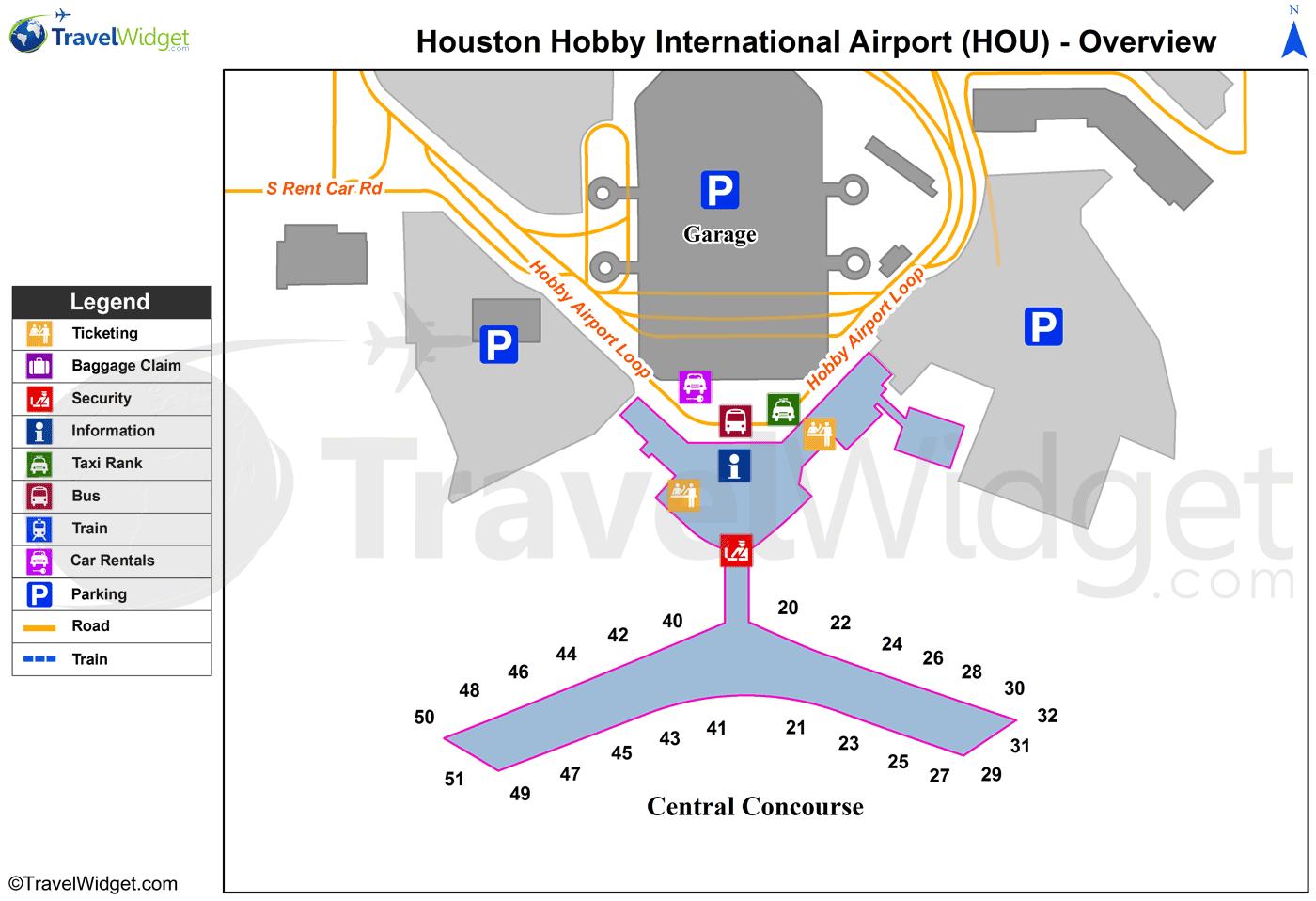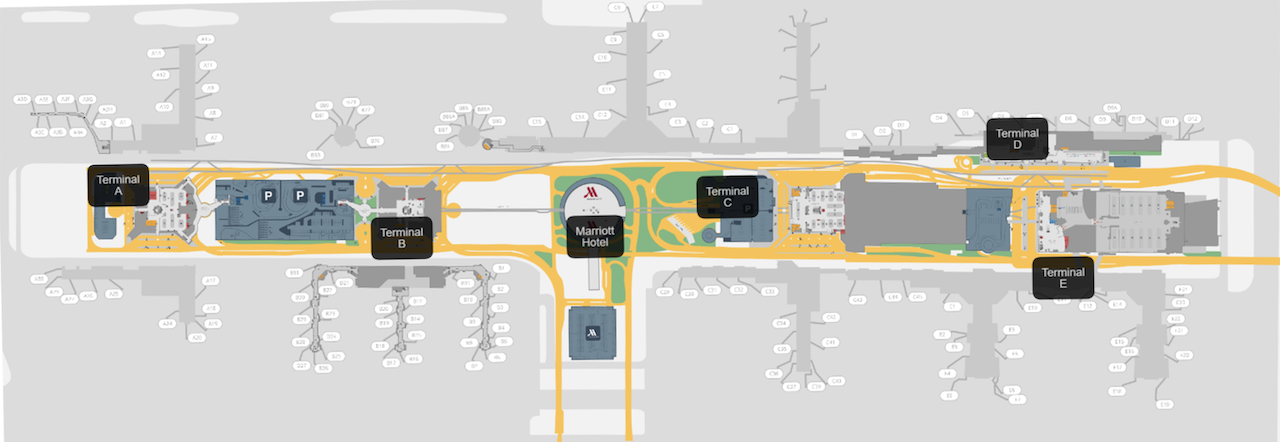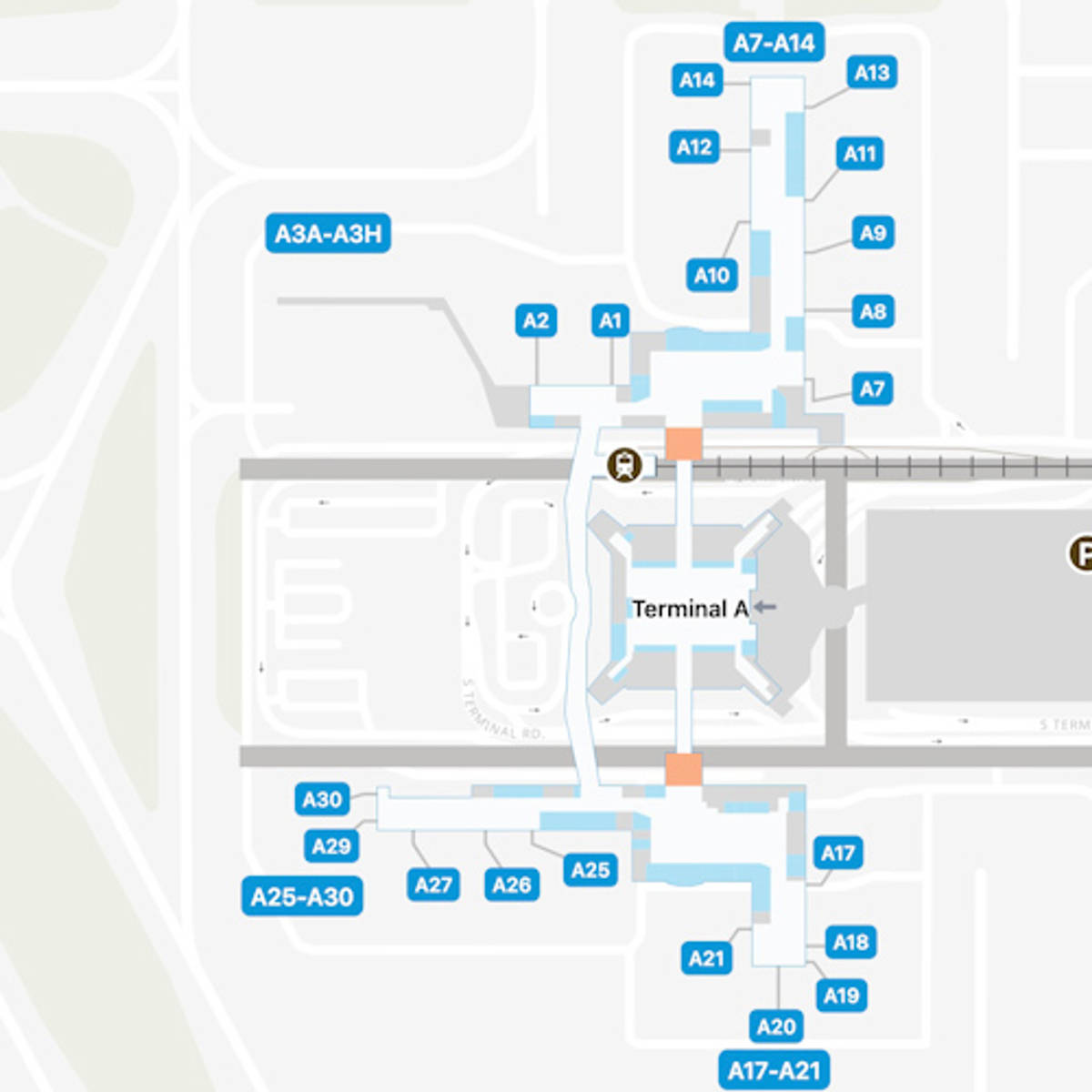“houston airport map
Artikel Terkait houston airport map
- Okay, Here Is An Article About Charlotte Douglas International Airport (CLT) In English, Aiming For A Length Of Approximately 2000 Words.
- Okay, Here Is An Article About El Paso International Airport (ELP) In English, Aiming For Approximately 2000 Words.
- Okay, Here Is An Article About Des Moines International Airport (DSM) In English, Aiming For A Length Of Approximately 2000 Words.
- Okay, Here Is An Article About Barcelona-El Prat Airport (BCN) In English, Aiming For Approximately 2000 Words.
- Okay, Here Is An Article About The Dulles Airport Map, Written In English, Aiming For A Length Of Approximately 2000 Words.
Table of Content
Video tentang houston airport map
Okay, here is a 2000-word article about Houston Airport maps, focusing on George Bush Intercontinental Airport (IAH) and William P. Hobby Airport (HOU).

Navigating the Hub: An In-Depth Look at Houston Airport Maps
Houston, Texas, stands as a colossal center of commerce, culture, and, crucially, connectivity. As a major international gateway and a vital domestic node, the city is served by two primary airports: George Bush Intercontinental Airport (IAH) and William P. Hobby Airport (HOU). For the millions of travelers passing through these bustling facilities each year, a seemingly simple tool proves indispensable: the airport map. Far more than just a diagram of hallways, a Houston airport map is a traveler’s guide, a stress-reducer, and a key to unlocking a smooth and efficient journey through these complex environments.
In the age of digital information, accessing detailed maps of IAH and HOU has never been easier. Available through official airport websites, dedicated mobile applications, airline apps, and physical information kiosks, these maps provide a wealth of information crucial for navigating check-in, security, finding gates, locating amenities, and connecting with ground transportation. Understanding how to read and utilize these maps effectively can transform a potentially overwhelming airport experience into a manageable and even pleasant one.
Why Airport Maps Are Essential in the Modern Travel Landscape
Modern airports are not just places where planes take off and land; they are vast, multi-level complexes housing a diverse array of services, retail outlets, dining options, and transportation links. Navigating such an environment, especially under time pressure or during a tight connection, can be daunting. This is where the airport map becomes invaluable.
- Orientation and Layout: The most fundamental function of a map is to provide a sense of place. It shows the overall layout of the airport, including terminals, concourses, gates, and key access points. This allows travelers to quickly orient themselves upon arrival.
- Efficient Navigation: With a map, travelers can plot the most direct route from their arrival point (drop-off, parking, inter-terminal transport) to their destination (check-in counter, security checkpoint, gate, lounge, restaurant). This saves precious time and reduces the risk of getting lost.
- Locating Services and Amenities: Airport maps typically highlight the location of essential services such as restrooms, information desks, currency exchange, ATMs, medical facilities, and accessibility features. They also pinpoint desirable amenities like restaurants, bars, shops, charging stations, pet relief areas, and children’s play areas. Knowing where these are located allows travelers to make the most of their time before a flight.
- Planning Connections: For travelers with connecting flights, understanding the layout of terminals and the location of connecting transportation (like IAH’s Skyway or Subway) is critical. A map helps visualize the path between gates and estimate the time required for the transfer.
- Reducing Stress: Uncertainty is a major source of travel stress. Having a clear map and knowing where you are and where you need to go significantly reduces anxiety, allowing travelers to feel more in control of their journey.
- Ground Transportation: Maps often include details about ground transportation options available from the airport, such as rental car centers, taxi stands, ride-share pick-up points, bus stops, and parking facilities.

Houston’s Airports: A Tale of Two Maps

Houston’s two main airports serve different primary functions and thus have distinct layouts, which are clearly reflected in their respective maps.
George Bush Intercontinental Airport (IAH): The Global Gateway
IAH is one of the busiest airports in the United States and a major hub for international travel. Its scale and complexity necessitate a detailed and comprehensive map. IAH features five terminals (A, B, C, D, and E), arranged in a somewhat semi-circular fashion, connected by internal transportation systems.
- IAH Map Overview: The typical IAH map provides a bird’s-eye view of the entire airport complex, showing the relationship between terminals, parking garages, access roads, and the internal transportation systems. Zooming in on individual terminals reveals more granular detail.
- Terminal Layouts: Each terminal map is a microcosm of the larger airport, showing:
- Check-in Areas: Clearly marked locations for airline check-in counters.
- Security Checkpoints: Indicating the entry points to the secure airside area.
- Concourses and Gates: The layout of concourses within the terminal and the numbering scheme for gates. Understanding the gate numbering helps travelers quickly find their specific departure or arrival gate.
- Dining and Retail: Locations of all restaurants, cafes, bars, and shops, often categorized (e.g., quick bites, sit-down dining, bookstores, duty-free).
- Restrooms and Essential Services: Icons for restrooms, water fountains, information desks, ATMs, medical aid, and sometimes even AED locations.
- Lounges: Locations of airline lounges (like United Clubs, Centurion Lounge, etc.) and other private lounges.
- Special Facilities: Pet relief areas, children’s play areas, interfaith chapels, art installations, and accessible features like elevators and accessible restrooms.
- Internal Transportation: A crucial element of the IAH map is the depiction of its internal transportation systems:
- Skyway (Above Ground): An automated people mover connecting all five terminals (A, B, C, D, E) and the Marriott hotel within the secure area (post-security). The map shows the route and station locations in each terminal, essential for airside connections.
- Subway (Below Ground): A train system connecting all five terminals and the parking garages outside the secure area (pre-security). The map shows the route and station locations, useful for travelers moving between terminals before security or accessing parking.
- Ground Transportation Hubs: The map highlights areas for taxis, ride-share services (like Uber/Lyft), bus services (including the METRO bus), hotel shuttles, and the Consolidated Rental Car Facility. Knowing where to exit the terminal and find these services is vital upon arrival.
- Parking: IAH maps often include a diagram of the various parking options available – terminal garages (convenient but pricier), ecopark lots (further out, require shuttle), and the consolidated rental car facility parking. The map helps travelers understand the location relative to the terminals and the access routes.

William P. Hobby Airport (HOU): The Domestic Focus
HOU is Houston’s older airport, now primarily serving domestic routes, with Southwest Airlines being its dominant carrier. Compared to IAH, HOU is significantly smaller and less complex, offering a more streamlined travel experience.
- HOU Map Overview: The HOU map typically shows a single terminal building with multiple concourses (West and Central). Its layout is much simpler than IAH’s sprawling design.
- Terminal Layout: The HOU map focuses on the single terminal structure:
- Check-in and Ticketing: Clearly marked areas on the ground level.
- Security Checkpoints: Indicating entry points to the secure area.
- Concourses and Gates: The layout of the concourses and the gate numbers. HOU’s layout is more linear, making gate finding relatively straightforward, but the map still provides precise locations.
- Dining and Retail: Locations of food and shopping options, primarily concentrated in the central concourse area post-security.
- Restrooms and Services: Icons for essential facilities similar to IAH, though fewer in number due to the airport’s size.
- Lounges: Locations of any airline or independent lounges available.
- Special Facilities: Pet relief areas, children’s areas, etc., if available.
- Ground Transportation: The HOU map shows the location of taxi stands, ride-share pick-up zones, bus stops (including METRO bus), and hotel shuttle areas, all conveniently located near the terminal exits.
- Parking: HOU maps detail the parking options, which include terminal garages and an ecopark lot, showing their proximity to the terminal and access routes.
Types of Houston Airport Maps and How to Access Them
Houston Airports (Houston Airport System – HAS) provides maps in various formats to cater to different traveler preferences and needs:
- Official Airport Websites (Fly2Houston.com): This is the primary source for the most up-to-date interactive maps.
- Features: Often include searchable directories for airlines, shops, restaurants, and services. Users can zoom in, pan, and sometimes even get walking directions between points. These maps are dynamic and reflect changes relatively quickly.
- Access: Available via any web browser on a computer, tablet, or smartphone.
- Mobile Applications: The Houston Airport System may have dedicated apps, and major airlines operating at IAH and HOU (like United and Southwest) have their own apps that often integrate detailed airport maps.
- Features: Often include real-time flight status integrated with gate locations, push notifications for gate changes, and sometimes augmented reality features to help identify points of interest. Maps are available offline once downloaded.
- Access: Downloadable from app stores (Apple App Store, Google Play Store).
- Physical Maps: Traditional paper maps or large digital display maps are available throughout the airports.
- Features: Provide a static overview. Useful for those who prefer a physical reference or have limited battery/data on their devices. Large digital displays are often interactive touchscreens.
- Access: Available at information desks, near security checkpoints, throughout concourses, and at gate areas.
- Third-Party Travel Apps: Many popular travel planning apps (like Google Maps, Apple Maps, TripIt, etc.) integrate airport maps for major hubs like IAH and HOU.
- Features: Can combine airport navigation with flight tracking, itinerary management, and local information.
- Access: Available within the respective third-party apps.
Effectively Using Your Houston Airport Map: Tips for Travelers
Having access to a map is the first step; knowing how to use it effectively is the second. Here are some tips:
- **
